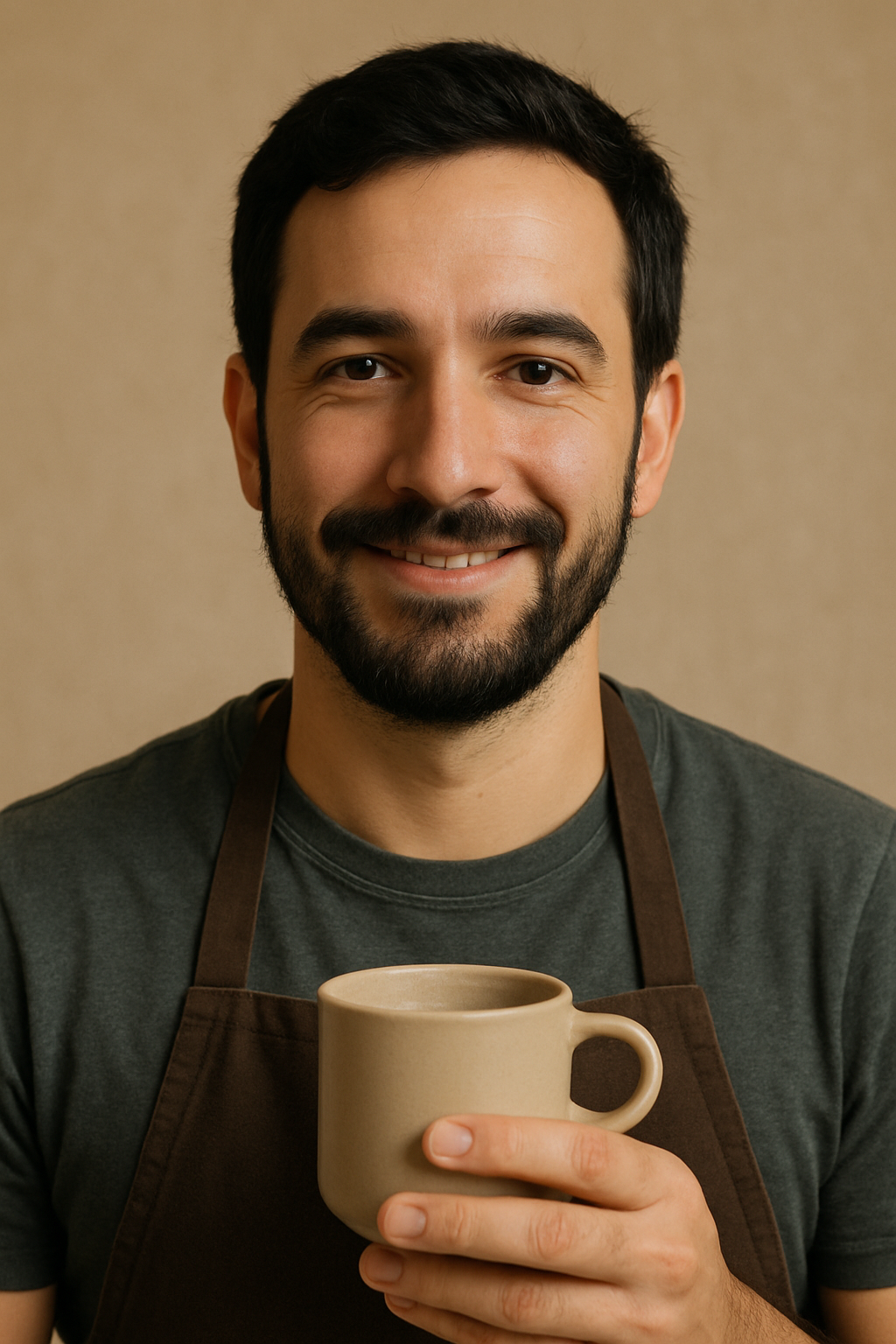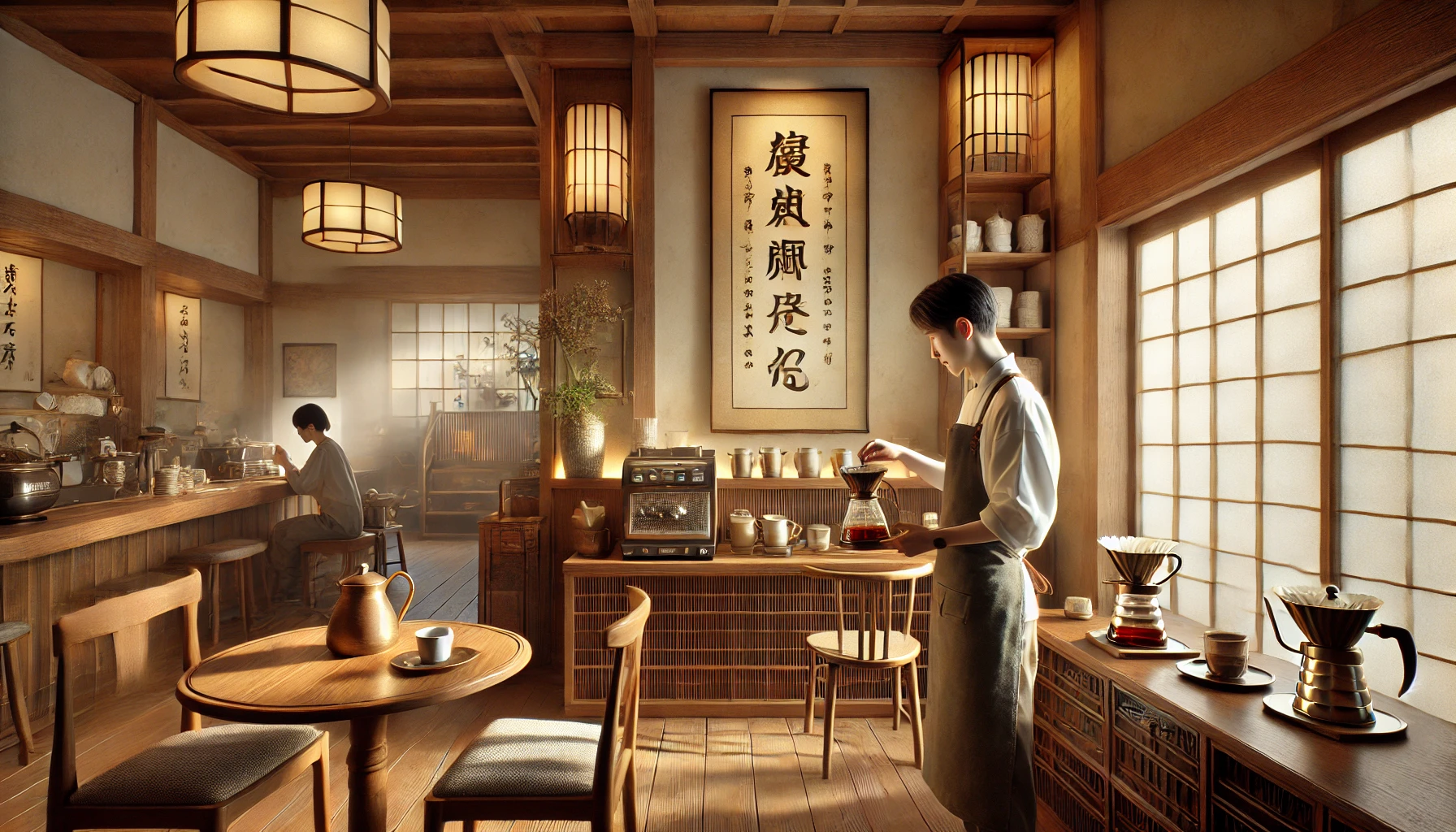Japan may be best known for tea ceremonies and matcha, but in recent decades, it has developed one of the most unique and refined coffee cultures in the world. Japanese coffee culture is a striking blend of precision, aesthetics, ritual, and innovation—a perfect fusion of old-world tradition and futuristic modernity.
In this article, we’ll explore how coffee took root in Japan, evolved alongside cultural values, and now shapes how the Japanese (and the world) experience this timeless beverage.
Early Encounters: Coffee’s Quiet Arrival
Coffee was first introduced to Japan by Dutch traders in Nagasaki during the 17th century, at a time when Japan was largely isolated from the outside world under the Tokugawa shogunate. It remained a niche curiosity until the Meiji Restoration in the late 19th century, when Japan opened up to global influences.
The first dedicated Japanese coffeehouse, Kahiichakan, opened in Tokyo in 1888. However, it wasn’t until the post-WWII era that coffee began to gain widespread popularity, fueled by increased Westernization, American occupation, and the emergence of modern consumer culture.
The Kissaten: Japan’s Classic Coffeehouse
Central to Japan’s early coffee culture was the kissaten (喫茶店)—traditional Japanese cafés that began appearing in the early 20th century. Kissaten are quiet, retro-inspired spaces, often dimly lit and filled with vintage décor. They serve hand-dripped coffee, toast, and light meals.
What makes kissaten unique is their meditative atmosphere. They are not loud, bustling places. Instead, they provide a peaceful retreat—a space for reflection, reading, or conversation.
Famous kissaten like Café de L’Ambre in Tokyo have preserved this aesthetic for decades, attracting both older generations and curious younger patrons who seek an experience that’s both nostalgic and refined.
Pour-Over Perfection: The Art of Japanese Brewing
One of the most iconic contributions Japan has made to global coffee culture is its methodical approach to brewing. Japanese baristas treat coffee like tea or cuisine—with care, patience, and attention to detail.
The pour-over method—particularly using tools like the Hario V60 or Kalita Wave—is a staple in Japanese cafés. Water is poured in precise, circular motions, with exact timing and temperature control. The result is a cup that is clean, bright, and balanced.
Japanese baristas are often trained to think like craftsmen, perfecting technique and aesthetics in equal measure. Brewing becomes a ritual, not a routine.
Convenience Meets Quality: Coffee in a Can
Japan is also home to one of the most unusual coffee phenomena: canned coffee. First launched in the 1960s by the Ueshima Coffee Company (UCC), canned coffee is now a cultural icon, available everywhere—from vending machines to train stations.
There are dozens of brands, flavors, and variations: hot, cold, black, sweetened, milk-based, and seasonal. While convenience is key, Japanese consumers still demand quality—even in a can.
This duality reflects a core Japanese trait: balancing efficiency with excellence.
The Rise of Third Wave Coffee in Japan
In the 2000s, Japan experienced a third wave coffee renaissance, with an emphasis on:
- Specialty beans
- Direct trade
- Micro-roasting
- Barista craftsmanship
Cafés like % Arabica (Kyoto), Onibus Coffee (Tokyo), and Sarutahiko Coffee began gaining international attention for their minimalistic design, precision brewing, and commitment to flavor transparency.
Japan’s third wave cafés often feature open brewing stations, muted aesthetics, and a focus on process—where watching the coffee being made is part of the experience.
Coffee and Japanese Aesthetics
Japan’s coffee culture is deeply influenced by its broader aesthetic principles:
- Wabi-sabi: finding beauty in imperfection and transience
- Shibui: understated elegance
- Ma: the space between, or the value of emptiness
These ideas influence everything from interior design (wood, stone, light) to latte art, and even the way baristas move and interact with customers.
A Japanese café is as much about space and feeling as it is about flavor.
Coffee in the Japanese Workplace
Coffee is an integral part of daily work life in Japan. Office workers often begin their day with a konbini coffee (from convenience stores like 7-Eleven or Lawson) or a vending machine brew.
In a society known for long hours and high expectations, coffee serves as both fuel and ritual—a necessary pause in a demanding schedule.
Some companies even have in-house cafés or partner with specialty roasters to boost employee satisfaction and creativity.
Coffee and Youth Culture
Younger generations in Japan are redefining café culture yet again. Modern cafés now blend Western trends with Japanese sensibility, offering:
- Minimalist interiors
- Artisanal pastries
- Instagrammable aesthetics
- Seasonal coffee drinks with Japanese ingredients (like matcha or yuzu)
There’s also a growing coffee tourism movement, where domestic travelers visit different cities to experience unique cafés and roasters.
Global Influence
Japanese coffee culture has inspired global trends in:
- Slow coffee brewing
- Single-origin sourcing
- Barista competitions
- Coffee gear innovation
Brands like Hario, Kalita, and Kinto have become staples in cafés worldwide. Japanese-style cafés are now popping up in New York, London, and Sydney—emulating the precision and calm of their Tokyo counterparts.
Final Thoughts: Harmony in a Cup
Japan has quietly created one of the most sophisticated coffee cultures on the planet—where tradition meets innovation, and every detail is intentional.
Whether it’s a quick canned coffee from a vending machine or a 10-minute pour-over in a quiet kissaten, Japan’s coffee reflects a broader cultural commitment to craft, quality, and mindfulness.
To drink coffee in Japan is to experience a culture that understands the power of ritual in the everyday—a moment of focus in a world that rarely slows down.

